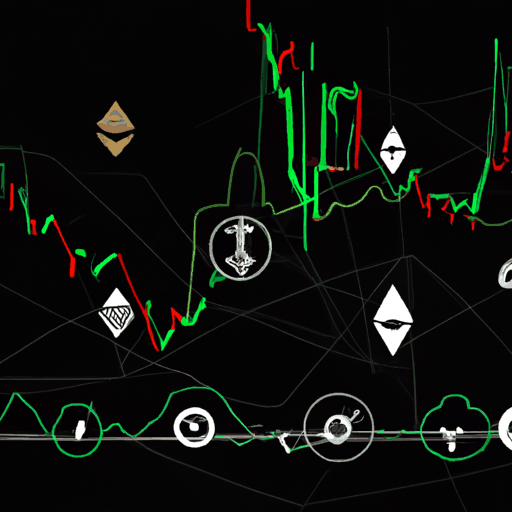
Understanding Massive Liquidations in Crypto Markets
By: Isha Das
Understanding Massive Liquidations in Crypto Markets
The cryptocurrency market is known for its volatility, and one of the phenomena that can dramatically influence this aspect is liquidation. Recently, the market experienced a massive liquidation wave totaling $976 million, driven by a sharp pullback in major altcoins.
Liquidations occur when traders use leverage to amplify their positions, borrowing funds to increase their exposure beyond their actual capital. In a bullish market, this can lead to substantial profits, but in times of downturn, as recently experienced, it can result in significant losses.
For example, the recent liquidations were mainly triggered by the unwinding of leveraged long positions, a scenario where traders betting on the price increase had to close their positions as the market started declining. Ethereum was notably affected with $200 million liquidated, while XRP saw $115 million in liquidations. Read more
When such positions are forcibly closed, a cascade effect ensues, further lowering prices and creating more liquidations — a vicious cycle. This is particularly exacerbated by factors such as thinning liquidity and shallow order books, which lead to sharp volatility and amplify downside pressure.
Market participants should remain cautious of leveraged positions during volatile periods and ensure a sound risk management strategy to avoid these liquidation traps.



